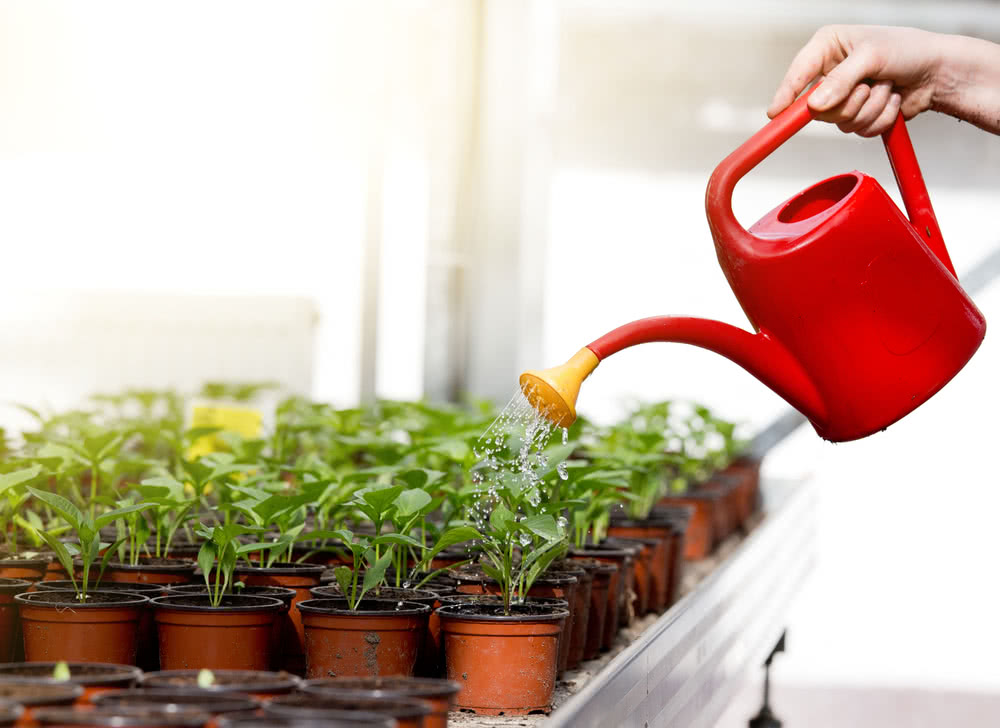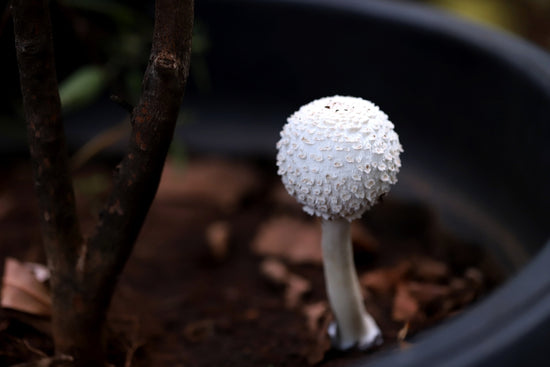Water is an essential requirement of plants for their basic survival. In the case of ornamental houseplants, at times it’s more important than sunlight. Around 80 to 90% of plant body is made up of water. Interestingly, about every problem that occurs to houseplants can be traced down to flawed watering technique.
Here are some important basics rules on how to water your plants!

1.The water requirement of houseplants varies from one kind to another. It is a safe practice to under-water house plants rather than over watering.
2. It is always better to water in the right amount at reasonable intervals, which may vary from 3 to 10 days depending on climate and species, rather than small daily doses.
3. Plants kept in a comparatively cooler atmosphere need less water than the plants kept in a warmer house.
4. A plant growing in a porous clay pot will require more water compared to one growing in plastic or glazed container. Similarly, a smaller pot will need frequent watering.
5. Whether or not a pot needs water will be indicated by the dry surface of the soil. Another method is to strike the pot with a wooden hammer gently, and if the resulting sound is of ringing tone, the plant needs watering, while dull sound indicates that the soil is moist.
6. A plant needs more water during its growing period, and the amount is reduced appreciably during winter, which is a resting period for most plants. Know about best time to water plants.

7. Ground water or rain water, if available should be preferred instead of tap water as it contains lime.
8. Plants prefer water in the form of a shower that resembles rainfall. Use a watering can with attached ‘shower rose’ to water your houseplants. Avoid watering pots with the single tap-like flow which physically disturbs the topsoil & damages the plant parts.
9. Cacti should not be watered in winters. Light watering should be done in summers. Avoid keeping potted cacti & succulents under direct rainfall.
10. In an extensive collection, the plants may be watered conveniently with the help of hosepipe fitted with a shower head or a fine spray nozzle.
11. During the hot summer months, the indoor plants may be sprayed or syringed with water.
12. Water dripping from roof or tree leaves is bad as this causes rotting. Water should not collect in the depression of the plant bodies as this too leads to rotting.
13. Potted flowering shrubs & vegetable plants that are placed outdoors, in open sunny locations, should be watered more frequently than indoor plants.
14. Outdoor plants should be water either early in the morning or in the late evening. Avoid watering during hot hours in the middle of a day as it affects the metabolism of plants. Plus the water droplets on leaves can act as ‘Burning glasses’ under sunlight creating burnt spots on foliage.
15. Regular plants are not hydrated by watering on foliage; all common plants need watering at soil near roots only. Foliage is sprayed with water for cleaning purpose, or to lower down the temperatures & to maintain the humidity.

16. Many cacti, succulents, epiphytes like orchids, terrariums, dish gardens & other tabletop gardens should be watered by a hand sprayer rather than a watering can.
17. Watering of pots should be done in such a manner that it soaks the bottom of the soil. A universal test for general purposes is that a little water should leak out from the drainage hole of the pot.
18. Another good practice is to block a portion of the drain filled up with water and place the pots in it so that they can draw their moisture from the bottom. This can also be done by standing the pot in a saucer or tub filled with water. This helps in the formation of strong, healthy roots at the bottom.

19. Drip irrigation system with motor & auto-timer can also be installed for all the potted plants in your home, terrace or yard garden.
20. Rotor sprinkler system is useful for pot gardens developed in vast areas along with other garden features like lawn and ground covers.











